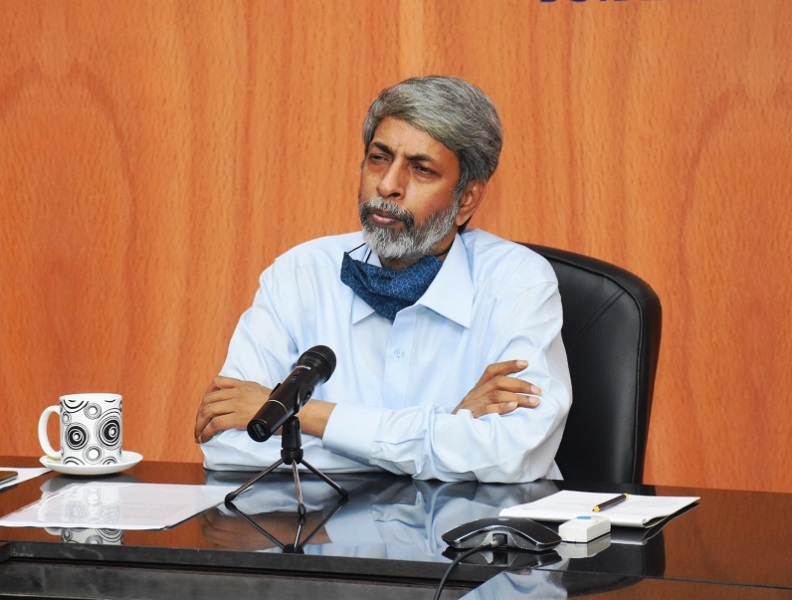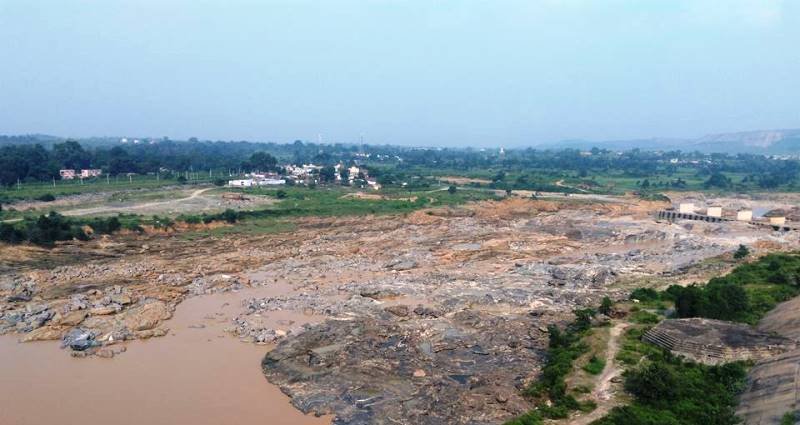(Inputs provided by Bokaro Steel spokesperson Manikant Dhan)
Steel Authority of India Limited (SAIL) reported weaker-than-expected earnings in Q1 of FY2026, missing market expectations. SAIL Chairman Amarendu Prakash attributed this shortfall largely to a one-time stock valuation impact amounting to ₹500 crore. “This is an accounting entry, not a structural weakness,” he clarified, adding that cost-reduction measures were progressing effectively. The company remains confident about achieving its full-year targets.
Volume Growth Target of 8% On Track
Despite the soft Q1, SAIL continues to aim for an 8% year-on-year increase in steel production volumes. The management reaffirmed that this goal remains realistic, backed by robust operational planning. “We’re confident of achieving it,” said Amarendu Prakash, citing stable input costs and ongoing efficiency efforts.
Margins Expected to Improve Significantly
Margins, which stood around 10% in Q1, are expected to rise by 200-300 basis points in Q2 and again by a similar margin in the second half of the year. SAIL Chairman emphasised that cost efficiencies and steady coking coal prices will support margin improvement, pushing it above 15% by year-end.
Digital Push to Boost Profits by ₹1,000 Cr Annually
SAIL has launched a significant digital transformation initiative aimed at enhancing operational efficiency through Industry 4.0 technologies. The company expects this digital program alone to add ₹1,000 crore annually to its bottom line. Performance-linked payments are tied directly to achieving this target.
Strong Debt Management Despite Capex Plans
SAIL reduced its net debt by ₹1,100 crore in Q1 and aims to further cut it by ₹5,000 crore by the end of FY2026. Though the company has increased its capex budget to ₹7,500 crore this year, major capacity expansion-related expenditures will begin only in FY2027. Last year, capex stood at ₹5,900 crore, primarily for maintenance and not expansion.
Long-Term Expansion to 35 MTPA by 2030
Looking ahead, SAIL plans to scale its steel production capacity from the current 20 million tonnes per annum (MTPA) to 35 MTPA by 2030. This expansion will require nearly ₹1 lakh crore in capital expenditure over the next five years.
Open to Strategic Mergers & Acquisitions
Responding to questions about potential consolidation with NMDC Steel and RINL, Prakash said any decision rests with the government. However, SAIL is open to acquiring more assets if the opportunity arises, emphasising the importance of Mergers and acquisitions (M&As) in the steel industry’s growth trajectory.
Despite a challenging first quarter, SAIL’s management remains optimistic, banking on volume growth, digital innovation, and disciplined debt control to turn the tide. With strategic expansion and potential mergers in view, the steel giant is gearing up for a stronger second half of the fiscal year.








